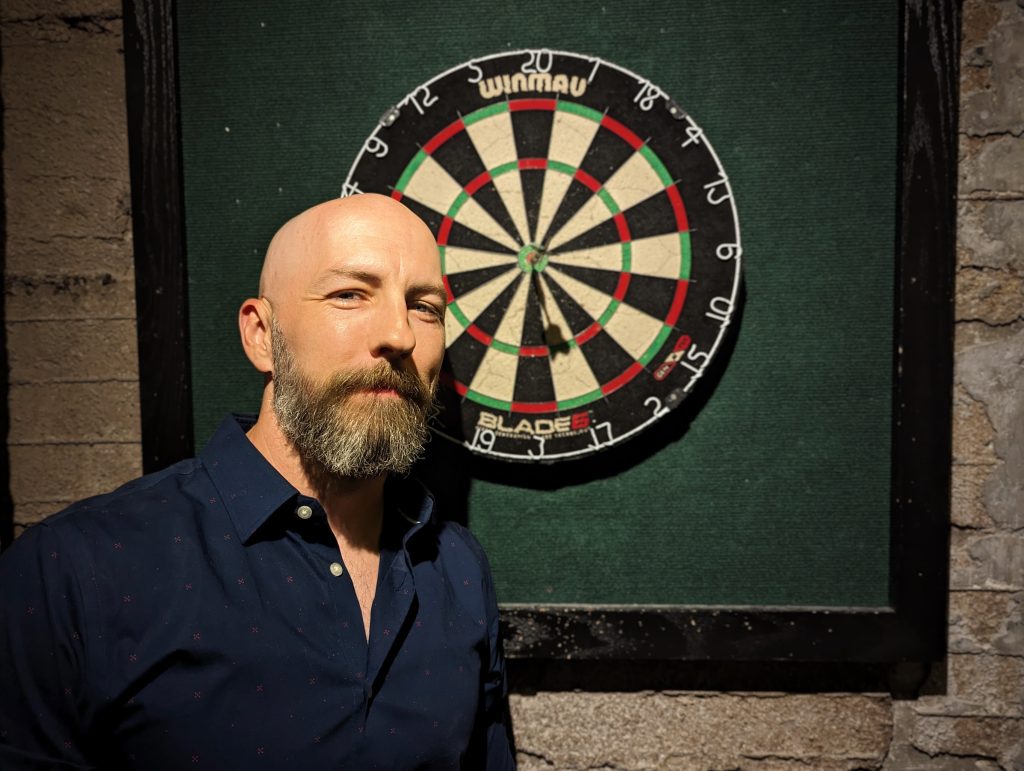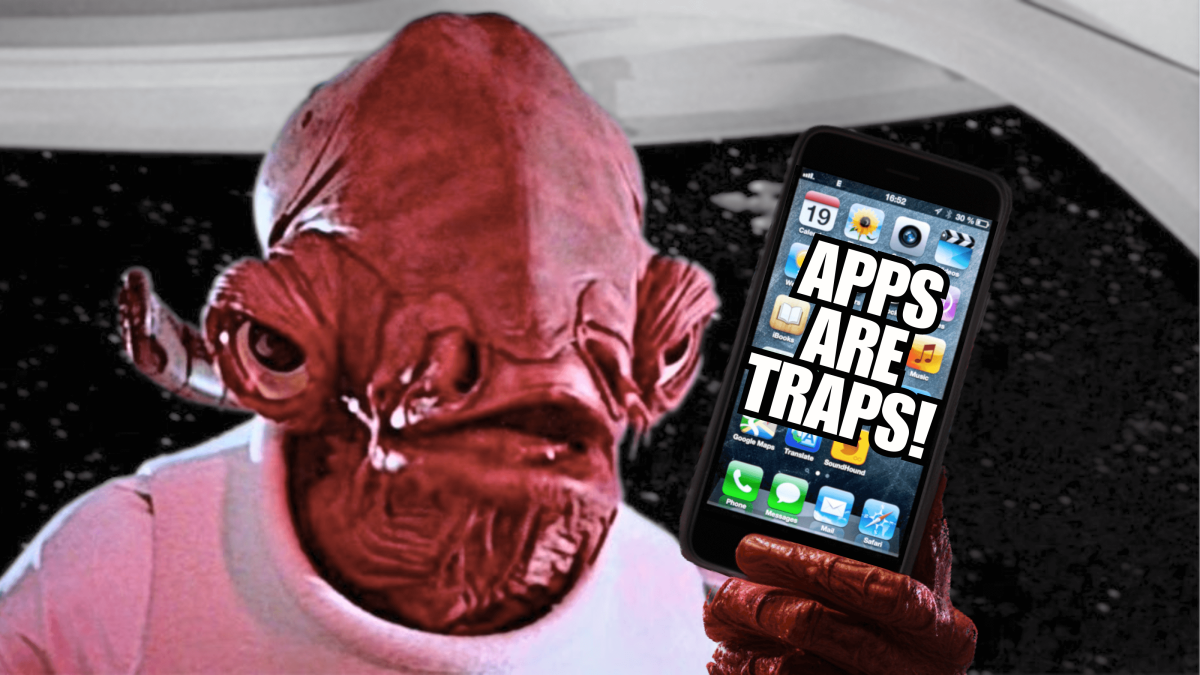A brief catching up.
Fourteen months ago I left Mural, my work home from home of nearly three years (May 2020–February 2023).
(You might recall I was at Fullstory, a SaaS company out of Atlanta, before. I am a shareholder there now.)
While at Mural, I built out content marketing and communications, managing everything from executive keynote presentations to assisting with a rebrand and “category creation” to writing and publishing a book. For nearly half of my time there I had no obvious manager, floating from CMO to CEO to CMO to CEO. It was wild. Too many things to mention.
It was a challenging three years. I learned a lot. Got a lot of XP.
I hope Mural and FullStory succeed, though I know fewer and fewer folks there these days.
Really, that’s one of the problems with these tech companies. You could call it burn out, but you might as well call it burn up. As in, you’re there, you fuel the growth of the business, you leave, and little evidence remains. Mostly ashes. Memories.
When the work is fully remote, well, it’s stranger still. Like so much in our modern time, we see the clear benefits of technology, but we struggle to understand the hidden, abstract, long-term costs.
And if you didn’t catch it, I wrote a book that hints at these problems last August: Exec on the Desk.

The present, Spring 2024
About December 2023 I decided to have a go at building out my own marketing practice.
So I founded R-ght. I started leaning into my network, talking to folks, bidding on projects. As anyone who has done this will tell you, this is a fun rollercoaster experience. I got various leads. Some were incredibly exciting and others more raw work.
One of my leads took me to a remote monitoring and management (RMM) software company for connected products called Canopy.
What is RMM for connected products?
What is RMM for connected products and Canopy?
Canopy provides remote monitoring and management software for B2B connected products — like self-checkout kiosks, digital signs, access control boxes, and even golf simulators.
Unlike “RMM” for IT — used to manage corporate tech like laptops, servers, and phones — Canopy offers mission-control, backend software to technical support and product teams. Canopy’s RMM software acts as an agent for thousands of devices to be controlled remotely.
For example, Canopy makes it easy to remotely fix and upgrade that self-checkout lane you use. That way, it doesn’t sit broken for days (or weeks), angering harried shoppers and store employees.
B2B connected products are pervasive, like it or not, and most of these remote devices require some serious backend magic to stay working.
So Canopy helps the makers of these devices weave software, hardware, peripherals, etc. together in a way that “just works” (to borrow on Steve Jobs’ favorite phrase).
How I ended up at Canopy
You see, I got to know Canopy. I figured Canopy might become a client for R-ght.
Well, a couple months go by and out of nowhere they’re asking me to lead up their marketing efforts.
So I took them up on their offer: I joined Canopy as Vice President of Marketing three weeks ago.
This is a great opportunity. There’s much to do.
Unlike Mural or Fullstory, Canopy is the smallest company I’ve ever joined. It’s also quirkily traditional, having its roots in professional services before becoming a software company two years ago.
Presently, I’m adjusting to a hybrid work setup. This is taking some time — literally. On those three days a week I trek into the office, I lose about five hours in total. It’s the time to drive and all the time to prepare to head in.
But it’s got benefits. Talk to me about it in six months.
Now what about R-ght?
Yeah, so about R-ght. Though the business didn’t ever catch its stride, I’m happy with what I created:
Please go to www.R-ght.com and subscribe by email. During the days I was building out the business, I went ahead and built out some significant articles on concepts that nearly everyone would benefit from understanding:
- Agenda-setting theory: Understand what might be the most important concept of Internet existence — how media influences what you think.
- What you see is all there is: Daniel Kahneman’s most important idea, apart from things like prospect theory, the focusing illusion, and other ideas, of course.
- The Anxious Generation Review: Jonathan Haidt’s latest book
I want to keep going. R-ght scratches an itch. See you there?
The future you make
My beard grows grey. Time moves on. One job changes to another.
Life!
If you still keep up with me here, drop me a line sometime.





